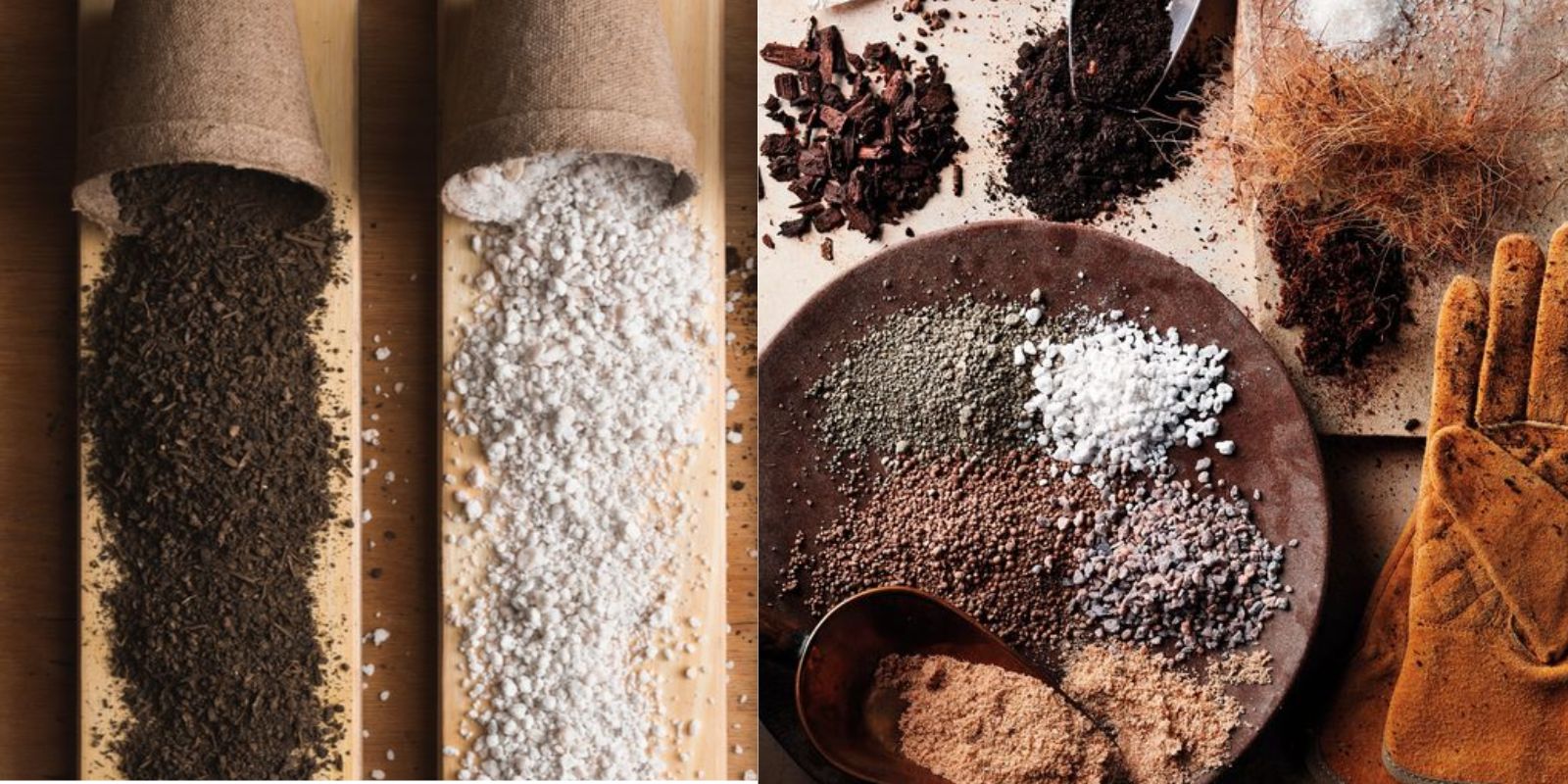Creating your own organic potting soil is an essential skill for any gardener aiming to grow healthy and productive vegetables. A well-formulated potting mix not only provides the necessary nutrients but also ensures proper drainage, aeration, and moisture retention. In this article, we’ll guide you through the steps to create your own organic potting soil that will give your vegetables the best possible start.
Why Organic Potting Soil?
Organic potting soil is crucial for several reasons:
- Nutrient-Rich Environment: Organic materials provide a rich supply of nutrients and improve soil structure.
- Improved Drainage and Aeration: Properly made potting soil ensures that water drains efficiently and roots receive adequate oxygen.
- Sustainability: Using organic components reduces your reliance on synthetic fertilizers and chemicals.
- Enhanced Soil Health: Organic soil amendments contribute to a healthier soil ecosystem, fostering beneficial microbes.
Step-by-Step Guide to Creating Organic Potting Soil
1. Choose the Right Base
The foundation of your potting soil should be a nutrient-rich compost. Compost provides essential nutrients that vegetables need to grow strong and healthy.
- Compost: Use well-aged compost, which can be made from kitchen scraps, yard waste, and other organic materials. If you don’t have your own compost, you can purchase it from garden centers.
- Well-Rotted Manure: Adding well-rotted manure can further enrich the soil. Ensure the manure is thoroughly decomposed to avoid introducing pathogens to your plants.
2. Add Aeration
Aeration is crucial for healthy root development. Without adequate air spaces in the soil, roots can suffocate and rot.
- Perlite: This lightweight, volcanic rock improves aeration and drainage. It prevents the soil from becoming too compacted.
- Vermiculite: Similar to perlite, vermiculite helps retain moisture while improving aeration. It is a great choice for maintaining soil structure.
3. Include Organic Matter
Organic matter helps retain moisture and adds structure to the soil.
- Peat Moss: Peat moss is commonly used in potting mixes to improve moisture retention. However, it’s important to consider its environmental impact and look for sustainably sourced options.
- Coconut Coir: A more eco-friendly alternative to peat moss, coconut coir retains moisture and helps create a light, airy soil structure. It is made from the husks of coconuts and is biodegradable.
4. Balance the Nutrients
Incorporating a balanced mix of nutrients ensures that your vegetables have access to the necessary elements for growth.
- Organic Fertilizer: Use a balanced organic fertilizer that contains essential nutrients such as nitrogen, phosphorus, and potassium. This will provide a steady supply of nutrients as your vegetables grow.
- Bone Meal: Bone meal is an excellent source of phosphorus, which supports root development and flowering. It is especially beneficial for plants that are heavy feeders.
5. Mix Thoroughly
To achieve a consistent potting mix, combine all the ingredients thoroughly.
- Proportions: A good starting ratio is 1 part compost, 1 part peat moss or coconut coir, and 1 part perlite or vermiculite. Adjust the proportions based on the specific needs of your vegetables and the characteristics of your garden.
- Mixing: Use a large container or wheelbarrow to mix the components together. Ensure that the mixture is even and free from clumps.
Tips for Success
- Test Soil pH: Check the pH level of your potting soil to ensure it falls within the ideal range for your vegetables (typically between 6.0 and 7.0). Adjust as needed with lime or sulfur.
- Monitor Moisture: Keep the soil consistently moist but not waterlogged. Test the moisture level by squeezing a handful of soil – it should hold together but not release excess water.
- Store Properly: If you make extra potting soil, store it in a sealed container or bag to keep it fresh and prevent contamination.
Benefits of Homemade Organic Potting Soil
- Customization: Tailor your potting mix to meet the specific needs of different vegetables.
- Cost-Effective: Making your own potting soil can be more economical than buying pre-made mixes.
- Sustainability: Reducing waste by using kitchen scraps and yard waste to create compost.
Conclusion
Creating your own organic potting soil is a rewarding and environmentally friendly way to support the growth of healthy vegetables. By following these steps and using high-quality ingredients, you can craft a potting mix that will provide your plants with the nutrients they need and help them thrive throughout the growing season.
Start your organic potting soil journey today and watch your vegetable garden flourish! 🌱🍅🥕 #OrganicGardening #PottingSoil #HomeGardening #VegetableGarden #SoilHealth #GreenThumb #GrowYourOwn

